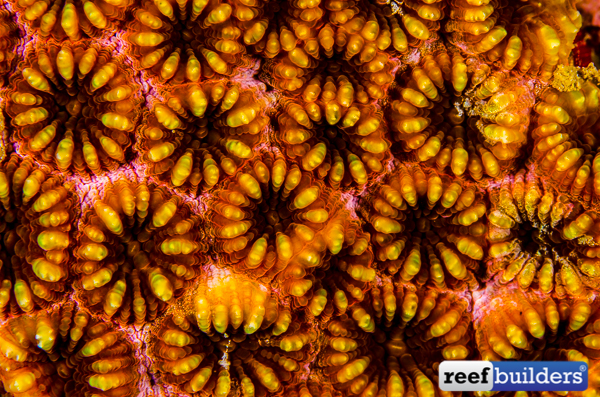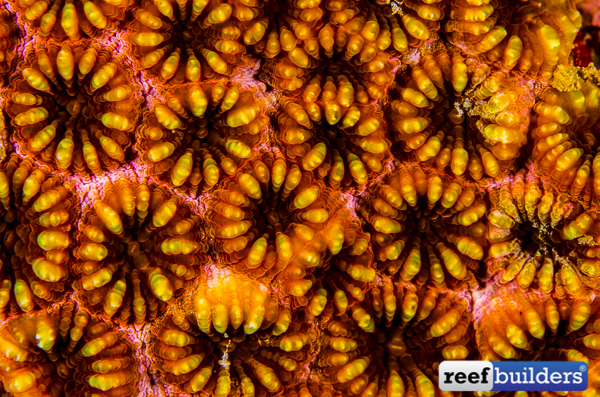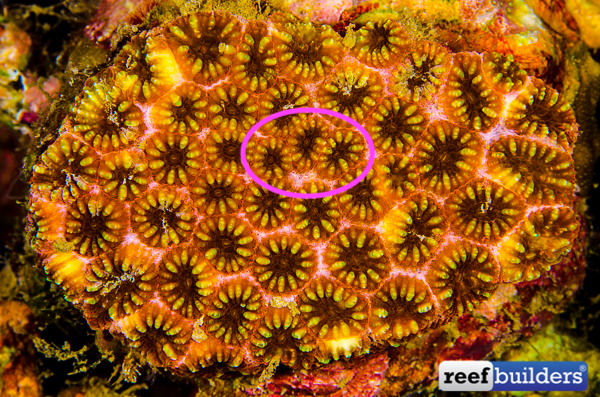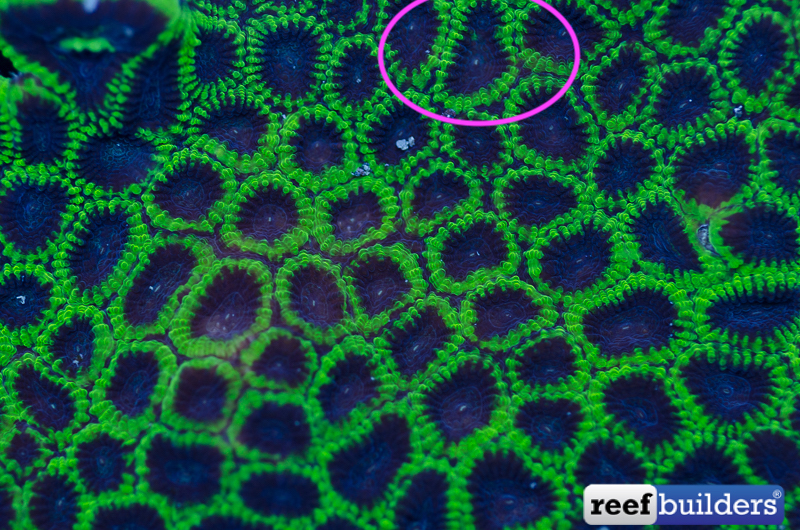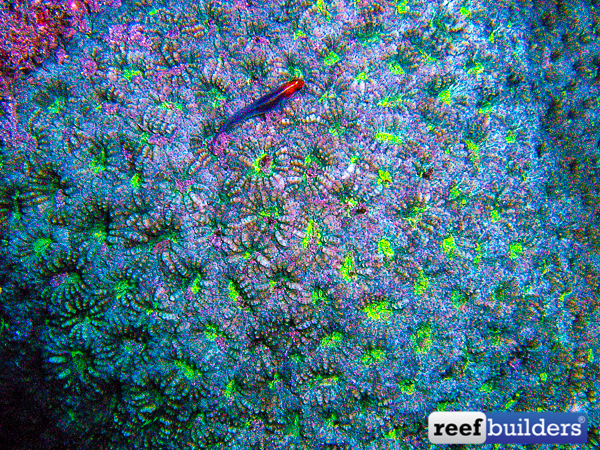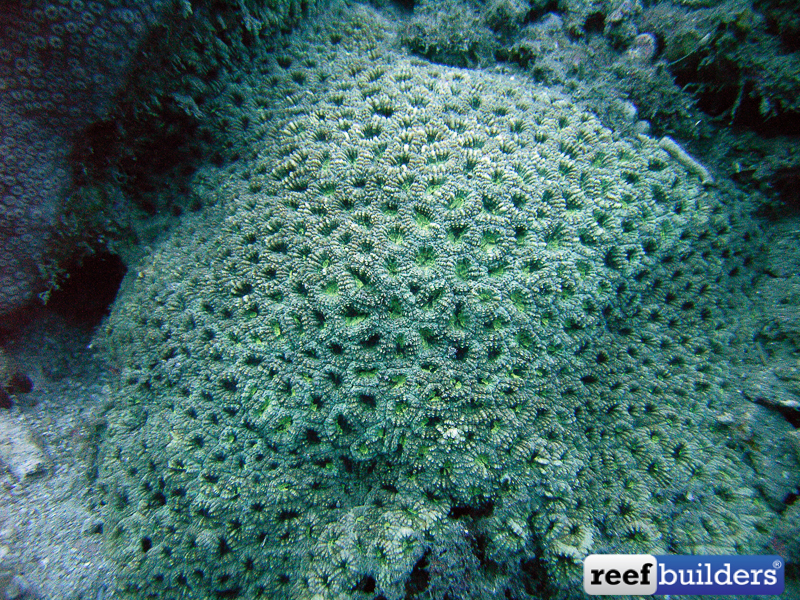Phymastrea a New Genus?
Following some massive changes in coral nomenclature, after some research activity carried out by members of the international ‘Scleractinian Systematics working Group’. This group is using new morphologic and molecular genetics analyses and have ended up changing quite a few things in coral nomenclature. Phymastrea is one of them.
One of their tasks is separating genus from the Atlantic and Indo-Pacific zones, and as a consequence, Montastrea and Favia are specifically used only for Atlantic species, and replaced by Phymastrea and Dipsastraea for the Indo-pacific species.
Some other former Indo-Pacific members of the genus Montastrea, have also been reclassified as Astrea and Paramontastrea. They differ from Phymastrea by mainly having smaller polyps.
Phymastrea colemani is a coral more popular than you think:
We see often Phymastrea wrongly identified as Micromussa, Favia, Acanthastrea… so we thought we could make a post to help everybody properly identify it. And Phymastrea colemani is a very popular coral.
Colonies are massives, either flat or dome-shaped. Corallites are conical with their own walls and monocentric. corallites are separated by their own walls. Corallites vary in size due to extra-tentacular budding.
Not to be misidentified with other genus:
Favia (Now Dipsastraea for Indo-Pacific species) is the closest relative.
Differences include: Intra-tentacular budding for Phymastrea, while Dipsastraea (Favia) or Micromussa are doing extra-tentacular budding.
The intra-tentacular budding usually makes the coral, looks much more crowded with corallites. The polyps of this species are smaller than most Acanthastrea. And only a few Dipsastrea and Micromussa have polyps this small.
With Phymastrea septa alternate in size, while septa size is more regular with Dipsastraea. In comparison, Micromussa, or Favites have shared wall between corallites, which makes them easy to separate from Phymastrea.
D. colemani: Polyps are 5-8 mm in diameter. Septa are composed of clearly two cycles of different sizes that alternate. A paliform is clearly visible around the mouth.
It is a classic coral found in protected and turbid reefs, but doesn’t really mind a bit of flow. We usually find it encrusting on the side of other corals, or deeper below 10 m (30 feet).
If you are keeping these corals in aquariums the light and flow should be medium. Like all LPS, regular feeding is a good way to increase growth.
Other species of the genus:
The genus is composed of 4 different species:
Other species include P. magnistellata, which very much looks like Favia, with its spaced corallites, except for the extra-tentacular budding.
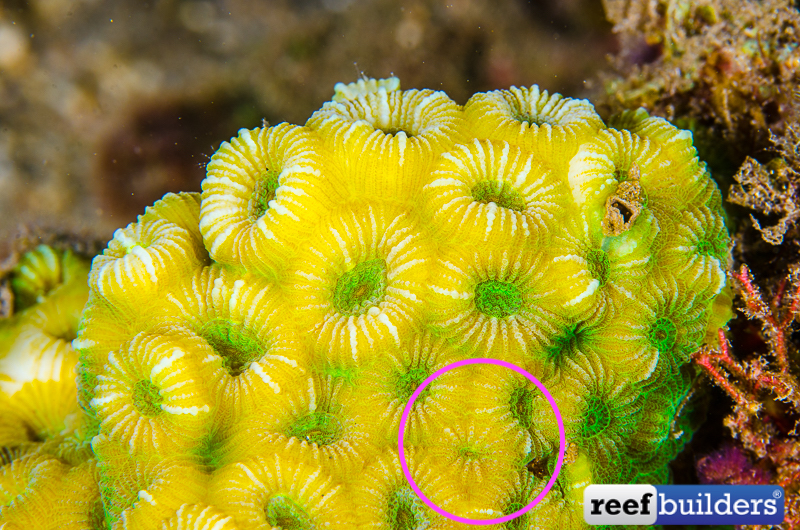
P. multipunctata and P. valenciennesi that is very similar to P. colemani, but without paliform lobes and slightly bigger corallites.
Hope this help to understand a little bit more this beautiful coral.


